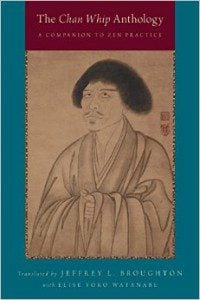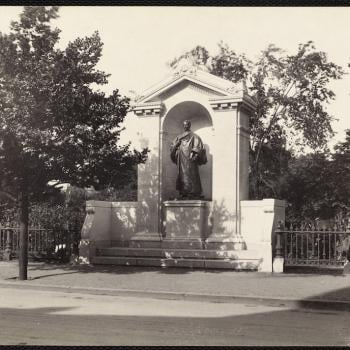Many, possibly a majority of Zen practitioners in North America practice within the Soto branch of Japanese-derived Zen. A consequence of this is some confusion around the relationship between ordination and dharma transmission. Through some accidents of history dharma transmission in Japanese-derived Soto has collapsed into ordination. If one digs into the structure of the denkai and denbo aspects to Soto dharma transmission one can see how denkai is the “completion” of ordination, while denbo is the actual ancient Zen acknowledgment of a successor to the Zen dharma. A consequence of this has been difficulty in recognizing the many lay practitioners who have decades of practice and have shown themselves to have integrated the insights of Zen and are in practice teaching. It is sufficiently ingrained within Soto that many Soto priests think it impossible for a lay person to receive dharma transmission.
On the other hand here in the West there are a tiny number of lay authorized teachers who have returned the favor and say every clerical authorization, such as marrying, etc, is contained within Dharma transmission. Something that has no precedence before the great migration West, near as I can tell.
Of course neither assertion is supported by the history of the development of Zen. The distinction between ordination, whether as vinaya monastics or as bodhisattva priests, and dharma transmission is clear in Japanese-derived Rinzai and in China. Now in practice this has been more honored in theory, and I’ve seen writers who have suggested the occasional lay Zen master wasn’t really. And it is true the tradition has been carried forward within the monastic community.
However, I was reading Jeffrey Broughton’s wonderful translation of The Chan Whip Anthology: A Companion to Zen Practice, where I found a small section devoted to the exhortation of the Lay Zen master Su’an Tian.
It turns out Su’an Tian was the heir of another lay master Hemi An who on the cusp between the fourteenth and fifteenth centuries was a successor to the monk Wuwen Shidu. Showing lay teachers transmitting to other lay teachers. But, for me, the particularly sweet part is that among Su’an Tian’s heirs was the monk Chan Master Yian Zhen. (p. 84 footnote 94)
So, the smoking gun. A monk transmitting to a lay person. That lay person having another lay heir. And that lay master transmitting to a cleric.
Turns out it isn’t all that difficult.
Not, at least, if awakening is the point.













